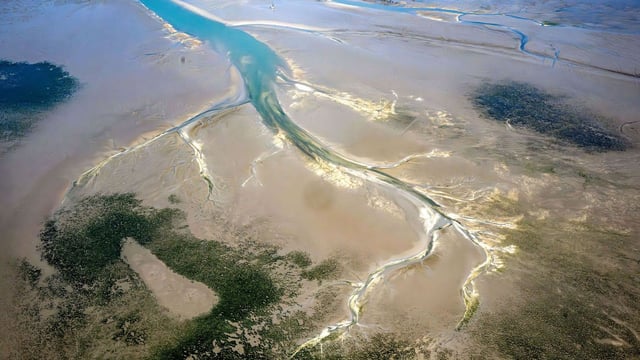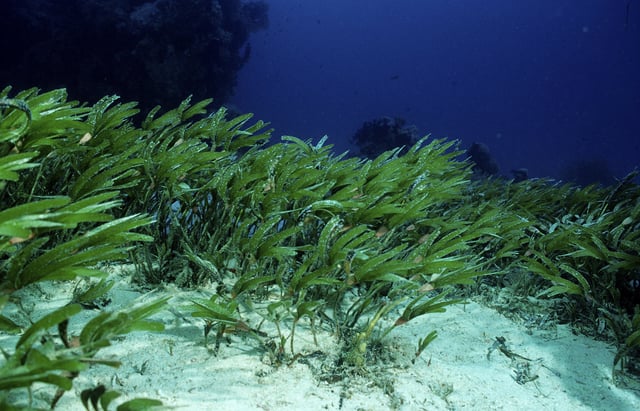Overview
- Scientists from Germany, Denmark and the Netherlands will convene on June 4 in Wilhelmshaven to discuss shrinking seagrass meadows in the Lower Saxony Wadden Sea.
- Surveys show seagrass coverage along the Lower Saxony coast plunged by more than 70 percent between 2013 and 2019, leaving just 8.6 square kilometers.
- Researchers link the loss to excessive nutrient inputs, increased water turbidity and shifting environmental and climate conditions.
- Seagrass beds act as vital carbon sinks and provide nursery habitats for fish as well as feeding grounds for species such as barnacle geese and teal.
- Delegates plan to evaluate restoration strategies and policy measures aimed at reversing the decline and strengthening the ecosystem’s resilience.

